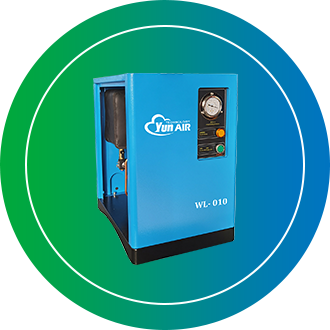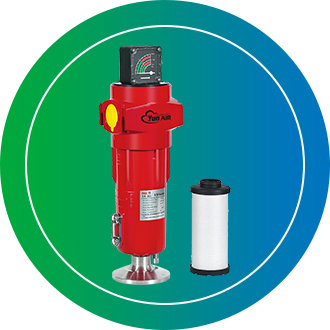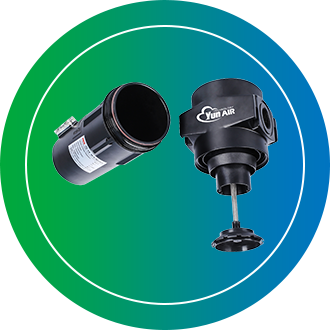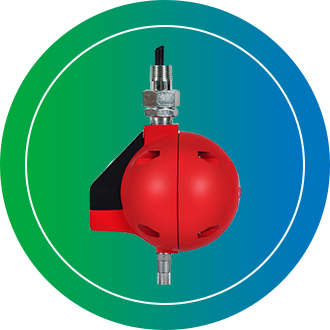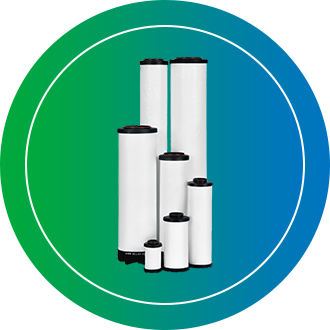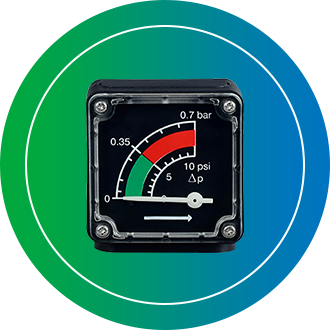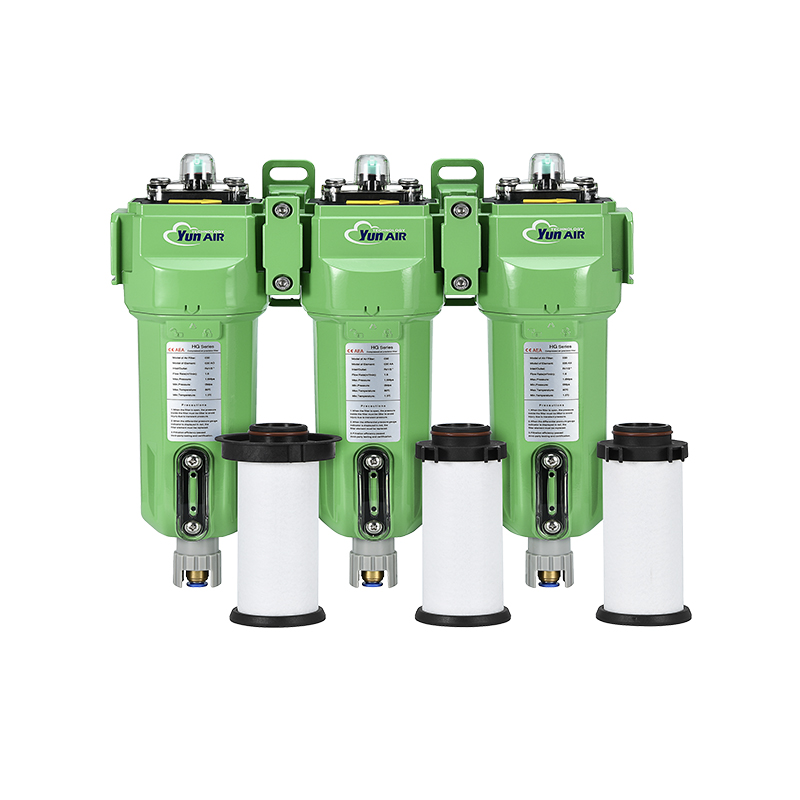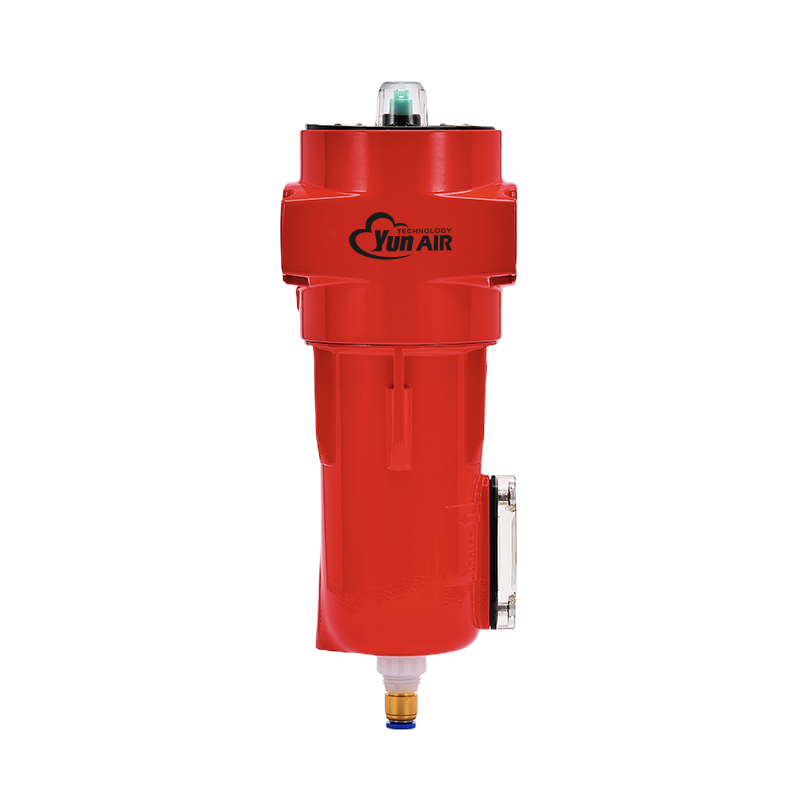In general, pneumatic instruments consist of pneumatic differential pressure transmitters, pneumatic regulators (base type regulators and float type level regulators), electric/gas converters, pneumatic film regulators, pneumatic valve positioners, pneumatic actuators, pneumatic indicators, pneumatic mathematical arithmetics, etc. In most cases, these pneumatic instruments require dry, clean compressed air as a source of air. In addition, clean compressed air is filtered and separated by installing a compressed air dryer and compressed air filter.
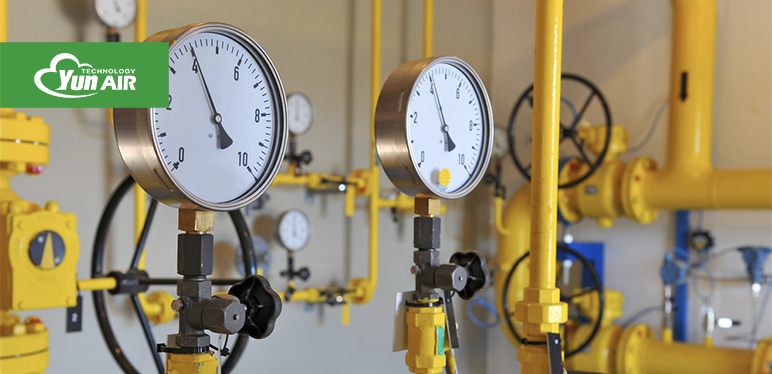
Pneumatic instruments generally include pneumatic differential pressure transmitters, pneumatic regulators (base regulators, float-type liquid level regulators), electric/pneumatic converters, pneumatic membrane control valves, pneumatic valve positioners, pneumatic actuators, pneumatic indicators .These pneumatic instruments usually use clean, dry compressed air as the air source and the compressed air is purified and dried by compressed air filters and compressed air dryers.
The quality requirements of compressed air for pneumatic instruments are mainly reflected in two aspects: pressure and cleanliness.
Air Pressure
For pneumatic instruments, the working pressure range is 20kPa-100kPa, the rated air supply pressure is 0.14MPa, and the rated air supply pressure for pneumatic piston actuators is 0.4MPa-0.5MPa. Thus, when compressed air is sent to the point of use, the pressure should generally not be less than 0.4 MPa.
Air Cleanliness
In compressed air, solid impurities are caused by atmospheric dust and corrosion in pipelines. For general pneumatic instrument, the particle diameter should not exceed 3 micron, and the dust content should not exceed 1 mg/m³.
Oil in compressed air is primarily derived from the air compressor and the atmosphere; the air source should have an oil content of less than 1ppm.
Compressed air shall not contain sulfur dioxide, hydrogen sulfide, hydrogen chloride, ammonia, chlorine and other corrosive gases
Ensure that the compressed air is dried of moisture. Otherwise, the moisture will freeze or condense in the air supply pipe and the pneumatic instrument, which will lead to corrosion.

